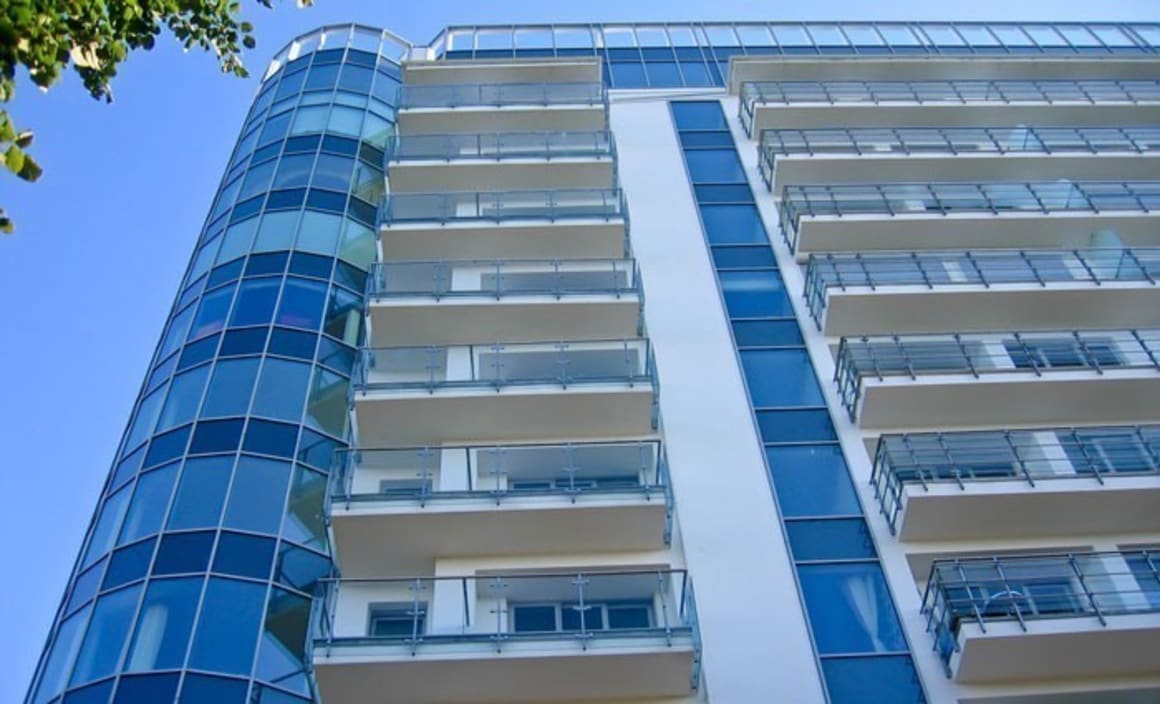Migrants make an important mix in Sydney apartment market

Migration is a key factor to the ongoing strength of Sydney's housing market and especially the rising demand for high rise apartments.
Most of the forecast growth in household numbers in Sydney is attributable to migration.
With forecast net overseas migration (NOM) of 240,000 per annum over the decade to 2022, the total number of households in Sydney will grow by 309,000. However, if NOM is nil, the local population growth in households in Sydney over the decade is estimated at 110,000.
The reason why migration is such a major contributor to household growth, especially in the young age cohorts, is that Sydney is the main settlement location for the recent surge in migrants holding temporary visas, mainly students, but also working holiday migrants, 457 visa holders and visitors.
This has not necessarily been a revolving door as thousands stay on by switching to other temporary visas or gaining permanent residence through sponsorship by employers and by marriage.
Currently Sydney is receiving some 28 per cent of Australia’s migrant intake - more than its proportional share by comparison as Sydney makes up 20 per cent of Australia’s current population.
Youthful migration is especially high as in 2013-14 around 16 per cent of the net inflow of movers to Australia were aged 15-19 and 23 per cent were aged between 20-24.
By comparison, only 6.3 and 7.0 per cent respectively of Australia’s population are in those two age groups.
The housing patterns of recently arrived migrants is highly diverse — but most disperse to live with a resident whether Australian-born or former migrant.
Only a minority of the recent migrants live in migrant only households, according to a recent report by academics Bob Birrell and David McCloskey from the Australian Population Research Institute.
Mostly in apartments, as significantly only 30 per cent of the migrants who arrived in Australia between 2006 and 2011 were living a separate house, compared with 71 per cent of the Australian-born persons living in Sydney.
The report suggested massive numbers of migrants live in tiny apartments totally unsuitable for raising a family.
"They are tiny because developers selling into overseas markets need to keep prices below $600,000."
As migrants extend their stay to between six and ten years (those arriving 2001 to 2005) the report noted the numbers living in separate houses had increased slightly.
The outcomes for Sydney, by comparison with Melbourne and the rest of Australia, are striking, the report suggested.
Just 44 per cent of these migrant-only households who arrived over the years 2001 to 2005 were living in a separate house in Sydney, compared with 65 per cent in Melbourne and 75 per cent for those living elsewhere in Australia.
Since many of the new migrant households will begin raising a family during the decade to 2022, they are forecast to will generate the need an additional 57,000 separate houses in Sydney.
But the report suggests the capacity of migrants to afford separate houses will continue at very low levels.
Furthermore Sydney's chronic low numbers of building approvals for detached dwellings – just 10,920 annually - would ensure competition for detached housing in the inner and middle suburbs was likely to intensify as young households look to switch away from apartments.
But these young migrant families will be forced to pursue their dream ever further towards the periphery of Sydney and perhaps beyond. And once there will have to make do with a semi-detached dwelling, rather than a detached house.
This article was first published in the Saturday Daily Telegraph.